This is a running list of quotations selected to help me move toward an understanding of my own photographic aesthetic – based on the SunWALK model.
“The camera is an instrument of detection. We photograph not only what we know, but also what we don’t know. ” Lisette Model
The book (Camera Lucida by Roland Barthes) develops the twin concepts of studium and punctum: studium denoting the cultural, linguistic, and political interpretation of a photograph, punctum denoting the wounding, personally touching detail which establishes a direct relationship with the object or person within it. Wiki
While there is perhaps a province in which the photograph can tell us nothing more than what we see with our own eyes, there is another in which it proves to us how little our eyes permit us to see. ~Dorothea Lange
A photograph is usually looked at – seldom looked into. ~Ansel Adams
There are always two people in every picture: the photographer and the viewer. ~Ansel Adams
The camera can photograph thought. ~Dirk Bogarde
I think the best pictures are often on the edges of any situation, I don’t find photographing the situation nearly as interesting as photographing the edges. ~William Albert Allard, “The Photographic Essay”
When words become unclear, I shall focus with photographs. When images become inadequate, I shall be content with silence. ~Ansel Adams
The goal is not to change your subjects, but for the subject to change the photographer. ~Author Unknown
A photograph is memory in the raw. ~Carrie Latet
All photos are accurate. None of them is the truth. ~Richard Avedon
The camera cannot lie, but it can be an accessory to untruth. ~Harold Evans, “Pictures on a Page”
You don’t take a photograph, you make it. ~Ansel Adams
Most things in life are moments of pleasure and a lifetime of embarrassment; photography is a moment of embarrassment and a lifetime of pleasure. ~Tony Benn
A great photograph is a full expression of what one feels about what is being photographed in the deepest sense, and is, thereby, a true expression of what one feels about life in its entirety. ~Ansel Adams
I never question what to do, it tells me what to do. The photographs make themselves with my help. ~Ruth Bernhard
A Ming vase can be well-designed and well-made and is beautiful for that reason alone. I don’t think this can be true for photography. Unless there is something a little incomplete and a little strange, it will simply look like a copy of something pretty. We won’t take an interest in it. ~John Loengard, “Pictures Under Discussion”
I just think it’s important to be direct and honest with people about why you’re photographing them and what you’re doing. After all, you are taking some of their soul. ~Mary Ellen Mark
Photography records the gamut of feelings written on the human face, the beauty of the earth and skies that man has inherited, and the wealth and confusion man has created. It is a major force in explaining man to man. ~Edward Steichen
The photograph itself doesn’t interest me. I want only to capture a minute part of reality. ~Henri Cartier Bresson
The creative act lasts but a brief moment, a lightning instant of give-and-take, just long enough for you to level the camera and to trap the fleeting prey in your little box. ~Henri Cartier Bresson
Photographers deal in things which are continually vanishing and when they have vanished there is no contrivance on earth which can make them come back again. ~Henri Cartier-Bresson
If I could tell the story in words, I wouldn’t need to lug around a camera. ~Lewis Hine
A photograph is like the recipe – a memory the finished dish. ~Carrie Latet
Everyone has a photographic memory, but not everyone has film. ~Author Unknown
Photographs that transcend but do not deny their literal situation appeal to me. ~Sam Abbel
A picture is worth a thousand words; a slide show is both. ~Author Unknown
One photo out of focus is a mistake, ten photo out of focus are an experimentation, one hundred photo out of focus are a style. ~Author Unknown
All photographs are there to remind us of what we forget. In this – as in other ways – they are the opposite of paintings. Paintings record what the painter remembers. Because each one of us forgets different things, a photo more than a painting may change its meaning according to who is looking at it. ~John Berger
I didn’t want to tell the tree or weed what it was. I wanted it to tell me something and through me express its meaning in nature. ~Wynn Bullock
Photography deals exquisitely with appearances, but nothing is what it appears to be. ~Duane Michals
The negative is the equivalent of the composer’s score, and the print the performance. ~Ansel Adams
Useful sites
http://www.photoquotes.com/ Blogs on Photography
http://photosleavehome.blogspot.com/2005/03/john-berger-understanding-photograph.html
http://www.temple.edu/photo/photographers/
http://moma.org/collection/depts/photography/index.html
http://www.photo-seminars.com/fame.htm
—–0—–
NB All postings to this site relate to the central model in the PhD.
Summaries are HERE



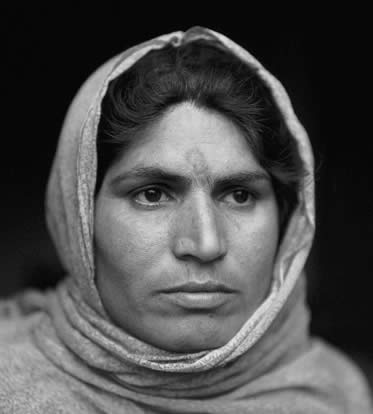

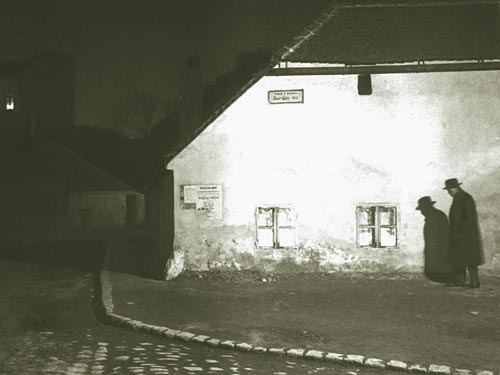 Photo by: Andre Kertesz – source
Photo by: Andre Kertesz – source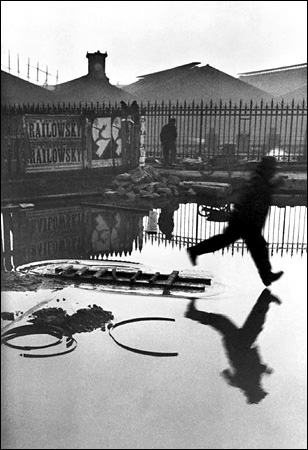
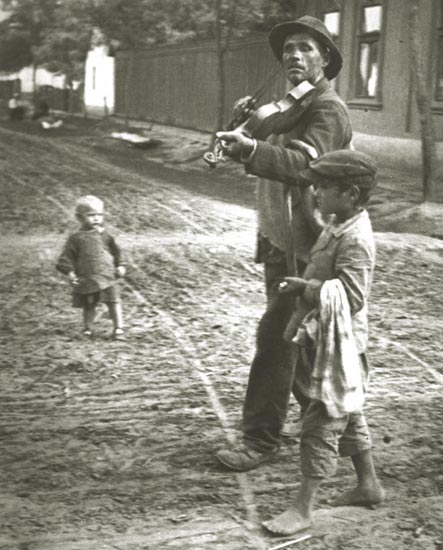
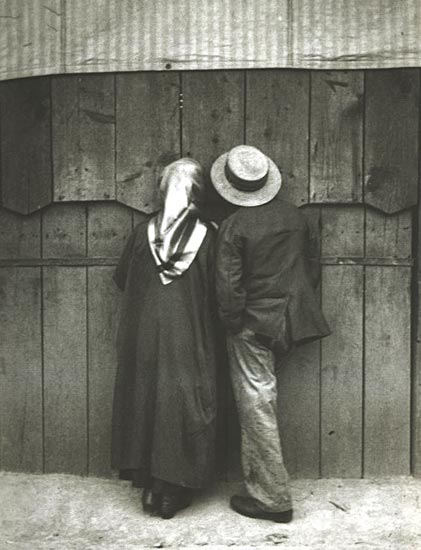

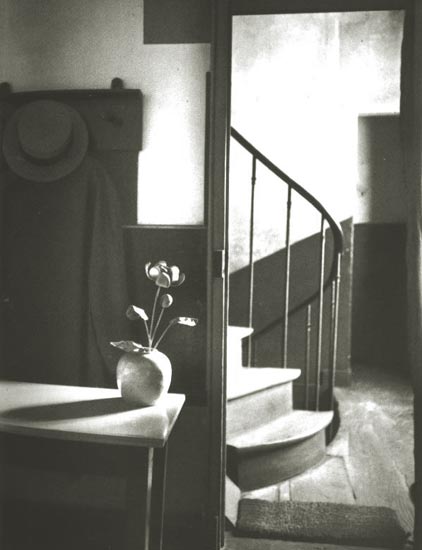
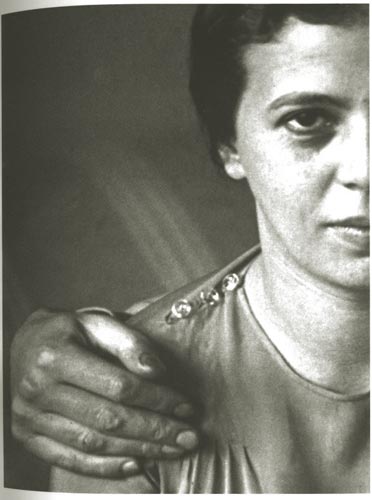
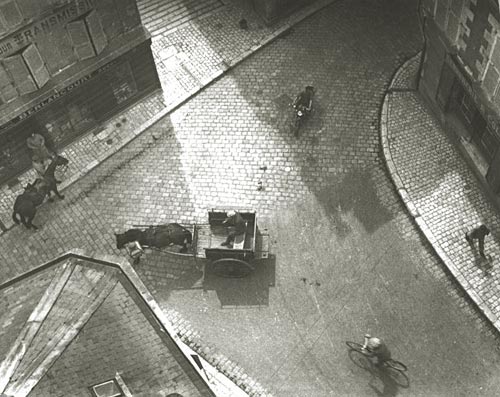
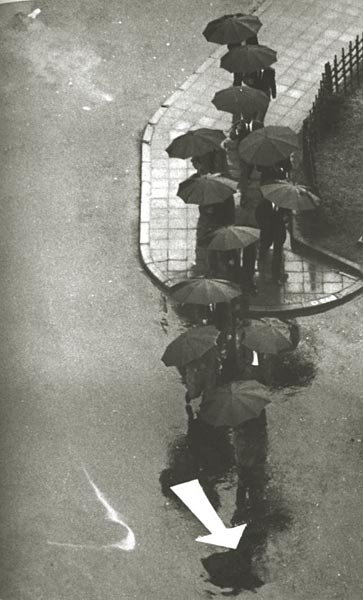
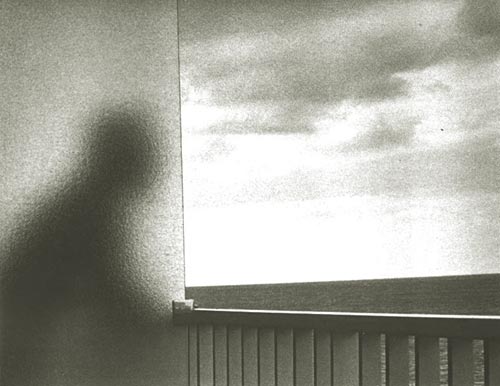
 Source Wiki on Meditation
Source Wiki on Meditation